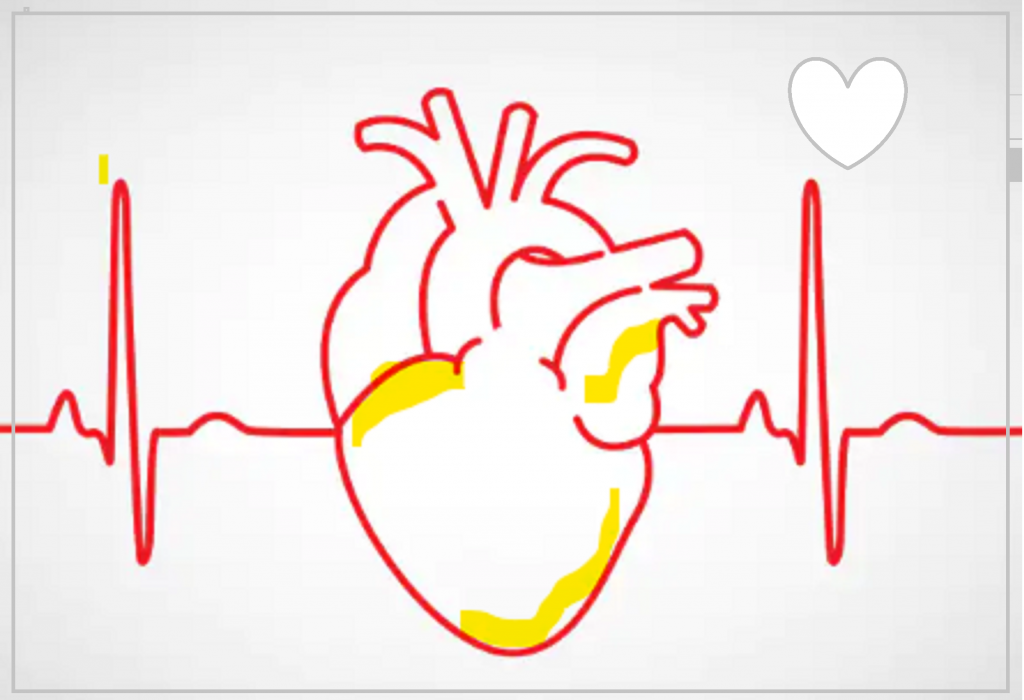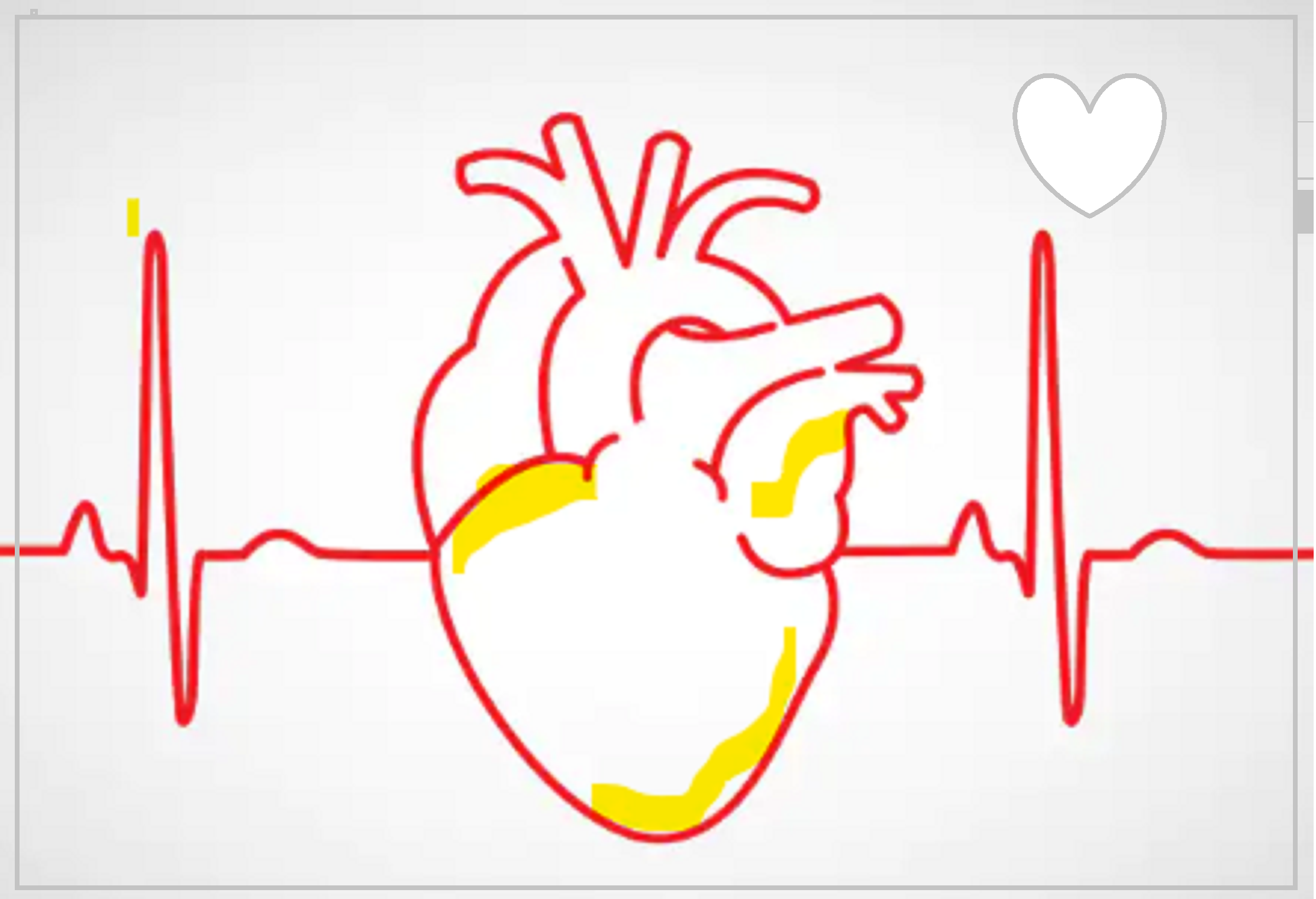In this article we will go for Arrhythmia topic as Pharmacology Exam Guide for all the students of M.B.B.S B. Pharmacy M. PhaRMACY PDF. Here you will find Definition of Arrhythmia Treatment and the drugs used for this condition. This is solely for educational purpose.
Definition of Arrhythmia
Arrhythmia is defined as loss of cardiac rhythm, especially irregularity of heartbeat. This chapter covers the group of conditions caused by an abnormality in the rate, regularity, or sequence of cardiac activation.
SUPRAVENTRICULAR ARRHYTHMIAS
Atrial fibrillation (AF) or atrial flutter, paroxysmal supraventricular tachycardia premature atrial complexes, wandering atrial pace- maker, sinus arrhythmia, sinus tachycardia.
Common supraventricular tachycardias requiring drug treatment are atrial.
fibrillation (AF) or atrial flutter, paroxysmal supraventricular tachycardia.
VENTRICULAR ARRHYTHMIAS
Premature Ventricular Complexes
Ventricular Tachycardia
Bradyarrhythmias
Symptoms & Clinical Manefestations of Arrhythimias
Supraventricular tachycardias
Supraventricular tachycardias may cause a variety of clinical manifestations ranging from no symptoms to minor palpitations and/or irregular pulse to severe and even life-threatening symptoms. Patients may experi-
ence dizziness or acute syncopal episodes; symptoms of HF; anginal chest pain; or, more often, a choking or pressure sensation during the tachycardia episode.
Atrial flutter
• AF or atrial flutter may be manifested by the entire range of symptoms associated with other supraventricular tachycardias, but syncope is not a common presenting symptom. An additional complication of AF is arterial embolization resulting from atrial stasis and poorly adherent mural thrombi, which accounts for the most devastating complication: embolic stroke. Patients with AF and concurrent mitral stenosis or severe systolic HF are at particularly high risk for cerebral embolism.
Premature Ventricular Complexes
• PVCs often cause no symptoms or only mild palpitations. The presentation of VT may vary from totally asymptomatic to pulseless hemodynamic collapse. Consequences of proarrhythmia range from no symptoms to worsening of symptoms to sudden death. VF results in hemodynamic collapse, syncope, and cardiac arrest.
Bradyarrhythmias Symptoms
• Patients with bradyarrhythmias experience symptoms associated with hypotension such as dizziness, syncope, fatigue, and confusion. If LV dysfunction exists, symptoms of congestive HF may be exacerbated.
ANTI ARRHYTHMIC DRUGS:
CLASSIFICATION OF ANTI ARRHYTHMIC DRUGS:
Group I: Drug which blocks voltage sensitive sodium channels and thus reduces excitability of non-odal region of heart.
a. Class Ia
Class Ia antiarrythmics, in addition to their effect on the voltage-gated sodium channels, slow repolarization by inhibiting potassium efflux. They are quinidine,
hydroquinidine, disopyramide.
b. Class Ib
The drugs of the Ib class, in addition to their effect on the sodium voltage-gated channels, accelerate cellular repolarization by increasing potassium efflux, and decrease the duration of the action potential and the refractory period.

They are lidocaine, phenytoin and mexiletine.
c. Class Ic
Class Ic antiarrythmics inhibit the voltage-dependant sodium channels and prolong the depolarisation phase, have little effect on the repolarization phase. They are flecainide, propafenone and aprindine.
Group II: Drug acting inhibiting of sympathetic nerve (β-Blocker).
Eg: Propranolol, Practolol, Sotolol, Bretlylium, Esmolol etc.
Group III: Potassium Channel Blockers. Drug that prolong action potential and repolarization.
Eg.: Sotololo, Dofetilide
Class IV: Calcium channel blockers. Eg.: verapamil, Nifedipine, Diltiazem etc

